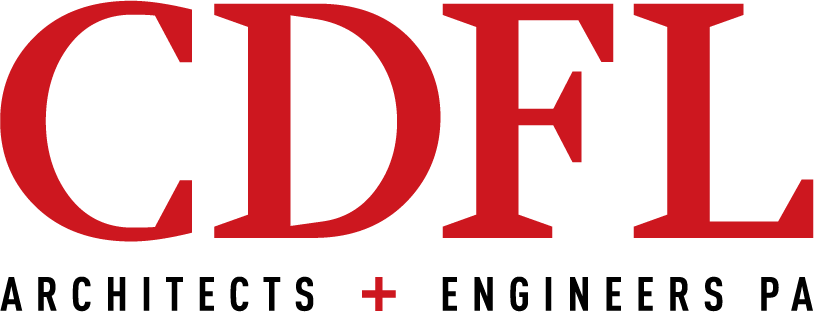Design Inspiration
This post is part of a series exploring the places, people, and things our team draws inspiration from. Today’s design inspiration post comes from graphic designer Crystal Coleman.
In his book, Hey Whipple Squeeze This, author Luke Sullivan said this about the creative process: “Creativity is like washing a pig. It’s messy. It has no rules. No clear beginning, middle or end. It’s kind of a pain in the ass, and when you’re done, you’re not sure if the pig is really clean or even why you were washing a pig in the first place.”
What inspires me to start a project or take it to the next level? Here are three things I find inspiring when approaching a new venture.
Riddles
Defining a project in terms of a riddle can sometimes help me launch the creative process. Remember the page of riddles you’d get handed back in middle school? You know the ones – they start off something like this: “you’re stuck on an island, and all you have is some goat cheese, an umbrella, a banana peel, and a soccer ball…” I kick off my projects by asking, “What’s the riddle?” In other words, identify the problems that need solving, in the same way you would when beginning to solve a riddle.
Limitations
The things that inspire me most are not the resources at my disposal, but the limitations presented. I can assess the toolbox, identify any limitations and quickly begin uncovering a solution with what I have. Economy of resources can result in a design that doesn’t get in the way of itself, and one comes to a solution without creating more new problems. Limitations help narrow the focus as well as force me to think outside of the (tool) box, often by forcing me to use objects outside of their normal purpose. Unique solutions can help distinguish the design. “Who knew this banana peel could be used as a napkin?!”
Perspective
Perspective can be refreshing, eye-opening, freeing, engaging, stir empathy, connect.
Knowing the audience’s perspective is what makes the design relevant. It can also determine how to get a group’s attention. I usually start by asking questions about the intended audience. A design that is greatly inspired by the audience is less likely to be overlooked. Falling on an island makes a noise, but it’s really a waste of time if there is no one else there but you to hear it; equally, a solution can be moot if it’s not relevant to the intended audience.
Identifying the riddle, allowing limitations to push creativity, and locating the perspective of the audience are good sources of inspiration. This practice has resulted in many happy clients and the creation of many successful products; it also ensures that I’m not spending my last days in a Castaway remake or on an island cuddled up under and umbrella sharing my dying wishes with a half-deflated soccer ball over a couple of rationed cheese curds while hoping that Tom Hanks is on his way.

